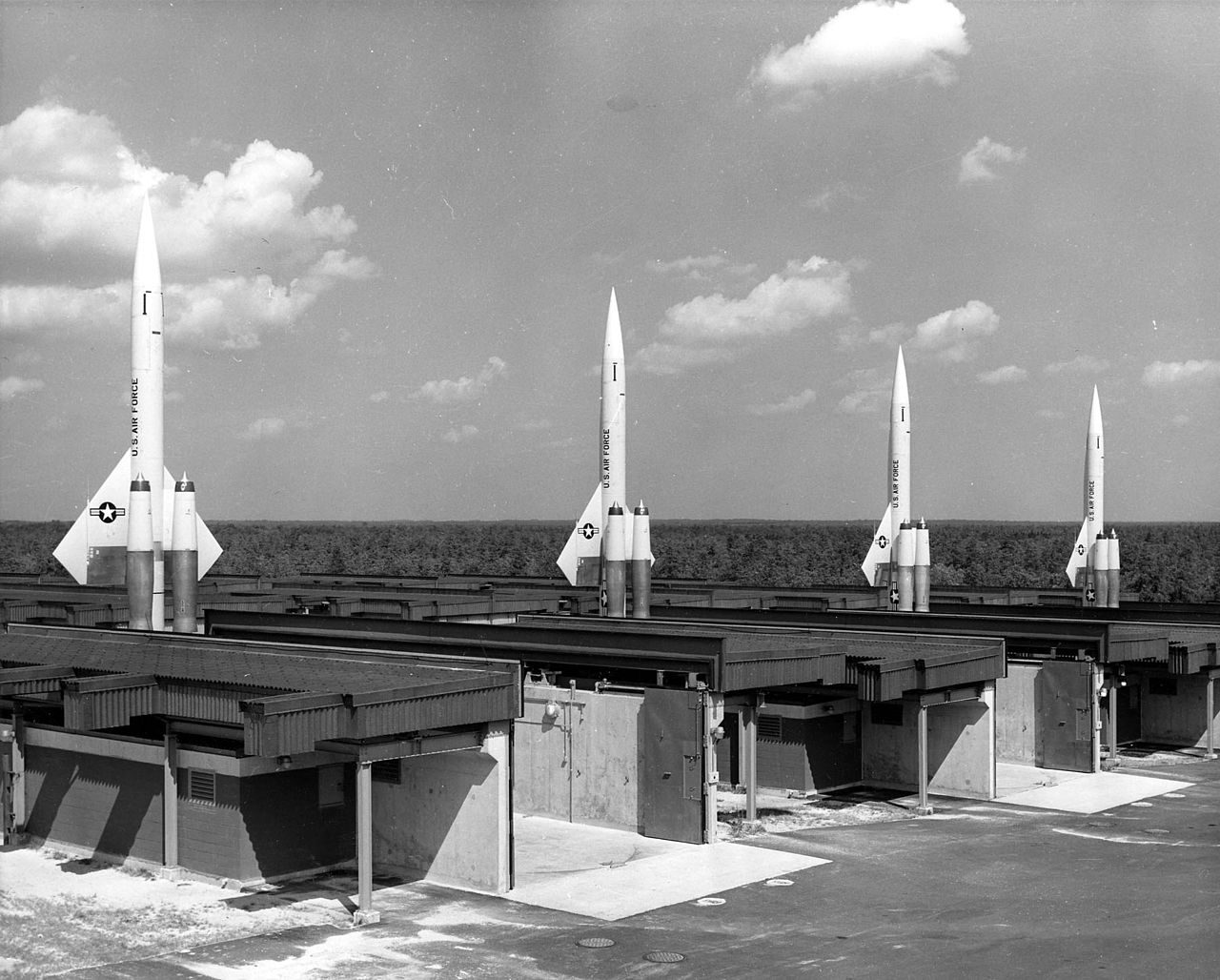
The New Jersey Department of Environmental Protection and the CDC New Jersey Office of Homeland Security and Preparedness wants people in the Garden State to be prepared in the event a radiation emergency unfolds.
With September being National Emergency Preparedness Month, the New Jersey Department of Environmental Protection (NJDEP) says they’ll be sharing tips on what to do and where to go during a radiation emergency.
As of the publication of this article, there was no active radiation emergency anywhere in the United States, including New Jersey.
Should conditions change and a radiation emergency unfolds, such as a nuclear power plant accident, a nuclear detonation or the explosion of a dirty bomb you may be asked by authorities to get inside a building and take shelter for a period of time instead of leaving. According to the NJDEP, the walls of a building can block much of the harmful radiation there is outside.
Similar to a tornado, NJDEP advises that once people are inside, they should go to the basement or the middle of the building. “Radioactive material settles on the outside of buildings, so the best thing to do is stay as far away from the walls and roof of the building as you can,” NJDEP advises. “Because radioactive materials become weaker over time, staying inside for at least 24 hours can protect you and your family until it is safe to leave the area.”
While inside, people should make sure all windows and doors are locked and secured. Anything that allows outside air in should be blocked: turn off fans, air conditioners, and forced air systems that introduce outside air in. Fireplace dampers should also be closed.
People shouldn’t forget about their four legged friends either: pets should be brought inside immediately and secured inside away from doors and windows with you.
Different types of radiation emergencies require different responses. The best thing to do, according to NJDEP, is to stay tuned for updated instructions from emergency response officials. You may be able to stay put in your home or you may be asked to evacuate to a safer area; the plan will all be based on what radiation event is unfolding.

New Jersey is no stranger to radioactive emergencies. In 1960,an explosion occurred inside a nuclear-tipped BOMARC missile at what is now the New Jersey- Joint Base McGuire – Dix – Lakehurst military base. While the fire burned uninhibited for about 30 minutes, firefighters arrived, using water to put out the fire. During that 15 hour firefighting exercise, radioactive materials from the shelter flowed under the front shelter doors, down the asphalt apron and street between the row of shelters, and into the drainage ditch, contaminating the area with radioactive debris. Plutonium from the missile was dispersed across a 7 acre area surrounding the site, created by the heat from the fire and by the firefighters who were unknowingly spreading radioactive materials.
While the military worked to clear and dispose of most of the radioactive debris in 1960, additional radioactivity was discovered in the late 1980s and early 1990s around the site. To keep the area secure and to keep curious onlookers out, an expanded fenced area topped with barbed wire was extended in 2007 around the site which is located near Route 539 in Plumsted township, not far from the New Egypt Speedway and the Cousins Paintball complex.